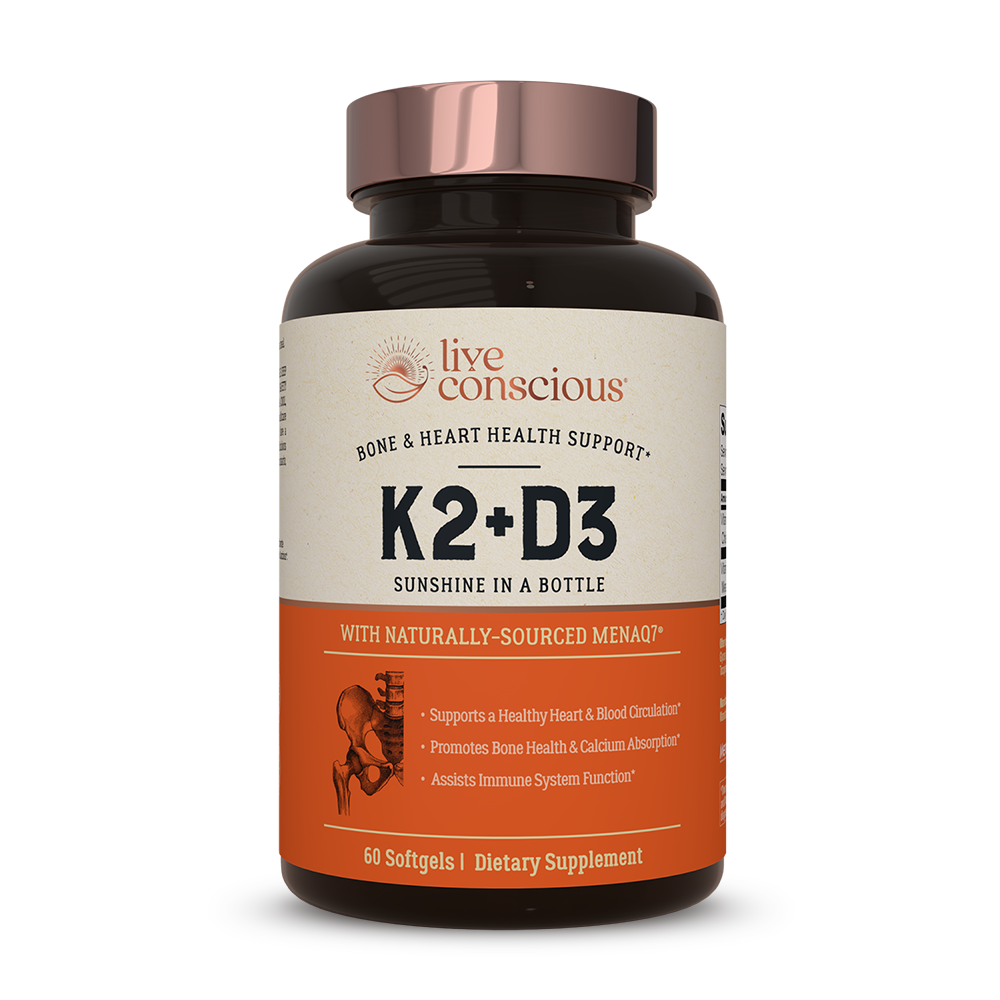Quick quiz: You need a mental and emotional “refresh” – do you
a) Curl up for some alone time
b) Call your friends for a dinner date
c) Either option can work, it just depends
If you answered A, then you lean towards the introvert realm, B puts you on the extrovert end of the spectrum, and C means you’re more of an ambivert. But what does this all mean?
Which Personality Type Are You
Where do you fall on the personality spectrum, and what does it mean? Remember that the spectrum is just that–it goes from one end to the other, with most people landing somewhere in the middle.
An introvert is defined by the American Psychological Association as someone who is more oriented inward, toward their own thoughts and feelings. Some introvert adjectives include:
♦ Reserved
♦ Quiet
♦ Deliberate
♦ Retiring
♦ Withdrawn
♦ Independent

Extroverts, as a personality type, were first suggested by Carl Jung in the 1920s. People who identify as extroverts tend to look for novel experiences and social connections. Spending too much time alone leaves them feeling restless, bored, and anxious. Extrovert adjectives include:
♦ Outgoing
♦ Energetic
♦ Talkative
♦ The life of the party
♦ Gregarious
♦ Sociable
Ambiverts fall in-between the extremes. Since personality is now seen as a spectrum, it’s likely that most people are ambiverts and have some qualities of both introversion and extroversion. This means they can, at times, be very social and other times feel shy.
Typically, the prompter for their personality expression is based on their mood, the context of the situation, and their goals.
More Characteristics of Types
Defining yourself and others by personality type can be useful. If you know what makes you tick, what’s uncomfortable for you, and what situations give you energy, then you can make the most of interactions. Likewise, if you understand how a friend feels in situations, you can make those events more pleasant for them.

Introverts
True introverts are very in tune with their internal feelings and tend to be less inclined to pay attention to external sources of stimulation. This inward turning tendency is the best way to think of introverts and to categorize them.
Often introverts are thought of as shy or as people who have social anxiety. It’s important that these assumptions are not made. Social anxiety is a psychological disorder and is based around fear, not around a preference for introspection.
Shyness is an uncomfortableness in social situations, and while an introvert may prefer to be alone, it doesn’t mean that social situations make them shy.
Extroverts
An extroverted person needs other people to feel connected and alive. It’s a true outward turning tendency that not only finds them in the spotlight much of the time, but it also puts them on the sidelines, cheering the hardest for another person’s success.
Extroverts can be perceived as needy and pushy, especially by introverts. It’s not that they are needy and pushy; it’s just that to the opposite personality type, their need for interaction and connections come off that way.
Ambiverts
There are probably a few people who are entirely introverted or extroverted. Most people have times where they want to be alone and times when they want to socialize. People that sit smack dab in the middle feel equally comfortable being alone as they do with people.

Ambiverts can also come across as being “all over the place,” as they might want to hang out one day, and the next day, they’re not interested at all. It’s not that they’re emotionally unstable, but that they’re actually better at finding their internal balance and can take advantage of their flexible nature.
What Causes Your Personality
Your body’s physiology plays a role in your personality by determining how you respond to the outside environment. The reticular activating system, a network of neurons in your brain stem, regulates your arousal levels.
Introverts are thought to have naturally high levels of arousal at all times. This means that they’re more alert and prepared to react, and they prefer activities that help them escape overstimulation.
Extroverts have a naturally low level of arousal, and they tend to be better at rolling with things and staying on an even keel, but that doesn’t mean that their body doesn’t desire arousal. In fact, this is thought to be the reason extroverts seek out external stimulation.
Ambiverts, again, lie somewhere in the middle and can have days or situations that cause them to feel overstimulated and in need of an escape. They can also have downtimes that leave them bored and wanting adventure.
Knowing that the exact same situation can feel different from one person to the next can help you hone your empathy skills. It’s not necessarily about understanding how someone else feels because that’s how you’d feel, but understanding how they feel because that’s their own internal physiology that’s making them feel that way.

If you’re interested in learning more about personality types and following a journey of health-lightenment, follow Live Conscious on Facebook @weliveconscious and Instagram @weliveconscious.
Waking Up To Wellness
There’s no need to feel trapped by your personality type. Where people used to see others as introverts and extroverts, we’re now learning that the majority of us land somewhere in the middle of that spectrum and can be classified as ambiverts.
Introverts are people who need time alone to mentally recharge and refresh. Extroverts feel that too much time alone leaves them feeling “stir crazy” and anxious, so they seek the company of others as a way to recharge their emotional batteries.
People who sometimes thrive in the company of others and then sneak off to a quiet corner to tuck into a book are ambiverts. They have a sense of balance in their body’s reticular activating system that can, at times, leave them feeling overstimulated, and other times, they feel the need for stimulation. A change of environment and activities is typically all it takes for them to once again feel balanced.




















